Size Chart

Length unit:
Sizes may vary up to 1
HPSL: High Point Shoulder Length
BW: Bust Width (width of shirt measured 1" below armhole)
Couldn't load pickup availability
First published by Albert Einstein in 1905, special relativity describes the relationship between space and time. While Sir Isaac Newton theorized that space and time were independent of each other, Einstein concluded that the two are inextricably linked.
The two main tenets of Einstein’s special theory of relativity are:
This initial description of relativity had one important caveat – it holds true for cases not involving acceleration. In 1915, Einstein would publish his general theory of relativity, which includes the effects of acceleration.
The main type of acceleration Einstein was concerned with was gravity, which can be simply described as the force of attraction between two objects accelerates falling objects. Here on Earth, gravity accelerates us toward the ground – but each individual also tugs back at Earth, albeit with significantly less force.
Based on the second tenet of his special relativity theory regarding the speed of light, Einstein saw space and time as interconnected – meaning events that occur at the same time for one observer could occur at different times for an observer in another space. He expanded on special relativity by concluding that massive objects, like planets and stars, actually bend space-time the way a bowling ball might sink into a trampoline. A smaller, lighter ball rolled onto the trampoline would become drawn into the indentation made by the bowling ball – in the same way that a massive star’s gravity draws in smaller objects.
To illustrate the bend in space-time, consider an experiment onboard a ship floating in outer space where a laser beam is fired the length of the cabin interior. An observer inside the cabin will see the laser beam as a straight line.
Now consider the same ship and experiment, but in freefall toward the Earth. The astronaut will still see the laser beam traveling in a straight line, but an observer on the ground would see the laser beam curve as it travels the length of the cabin. This is because the start and end points on the walls of the ship are still the same for both observers, but with the ship falling relative to the observer on the ground – the beam would seem to curve in mid-air as the passes through the cabin.
Einstein assumed that light travels in a straight a line as possible so how could the laser appear to bend? The apparent motion of the laser light could be better understood if we assume that the space-time through which it traveled were curved.
To keep your graphic tees looking fresh and vibrant, follow these care instructions. For both DTG and screen-printed tees, turn the garment inside out before washing. Use cold water and a gentle cycle to preserve the print quality. Avoid bleach and fabric softeners, as they can damage the print. Hang dry or tumble dry on low heat to prevent shrinkage and fading. If ironing is necessary, do so inside out and avoid direct contact with the printed area. Following these steps will help maintain the integrity and longevity of your graphic tees.
The shirt shown is a size Large. If you order a smaller size, the design will appear proportionally larger, while larger sizes will have the design appear slightly smaller in relation to the shirt.
While we strive to process your order swiftly, many of our products are printed on demand and may take up to 5 business days to ship. Once your item is on its way, you will receive an email with tracking information and an estimated arrival date.
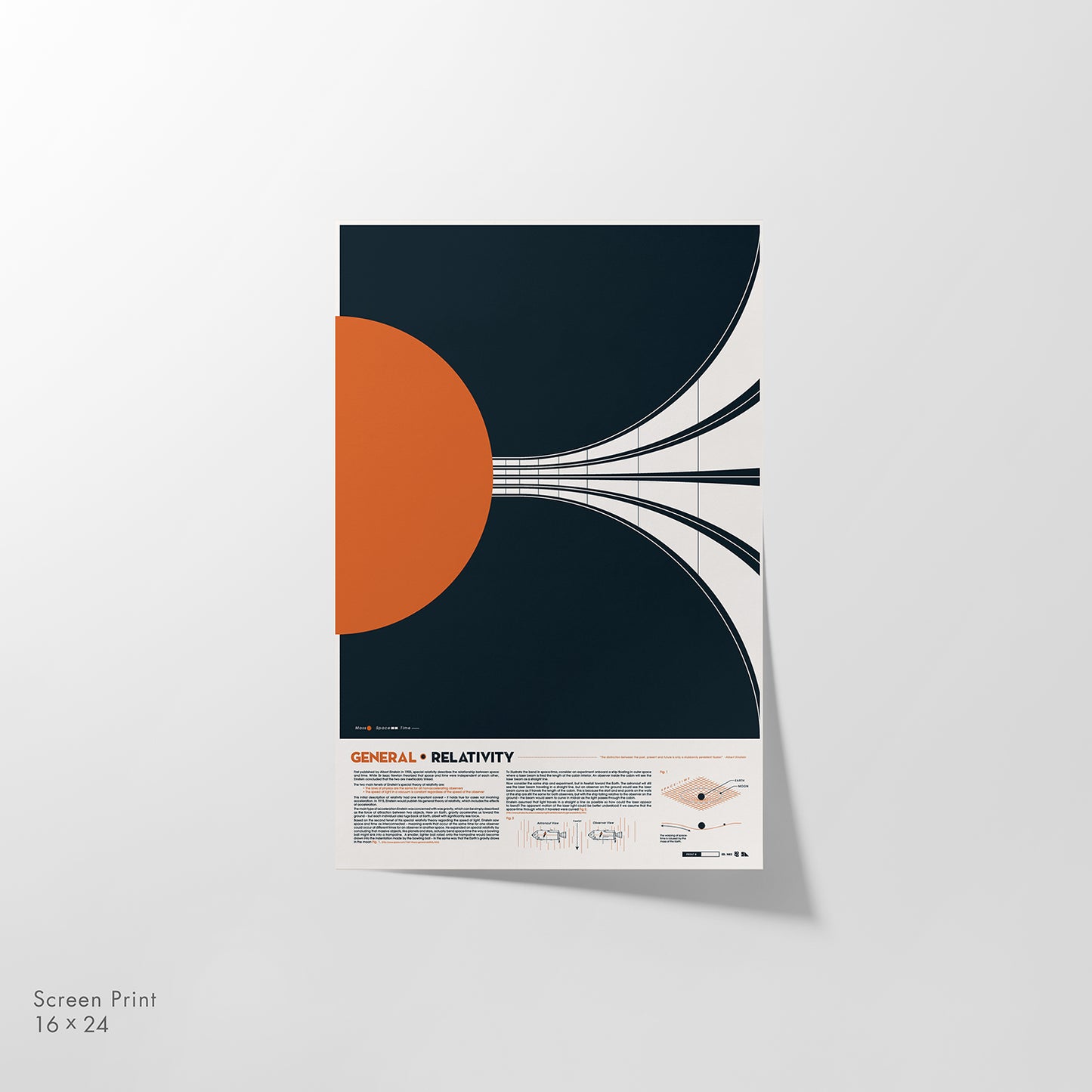
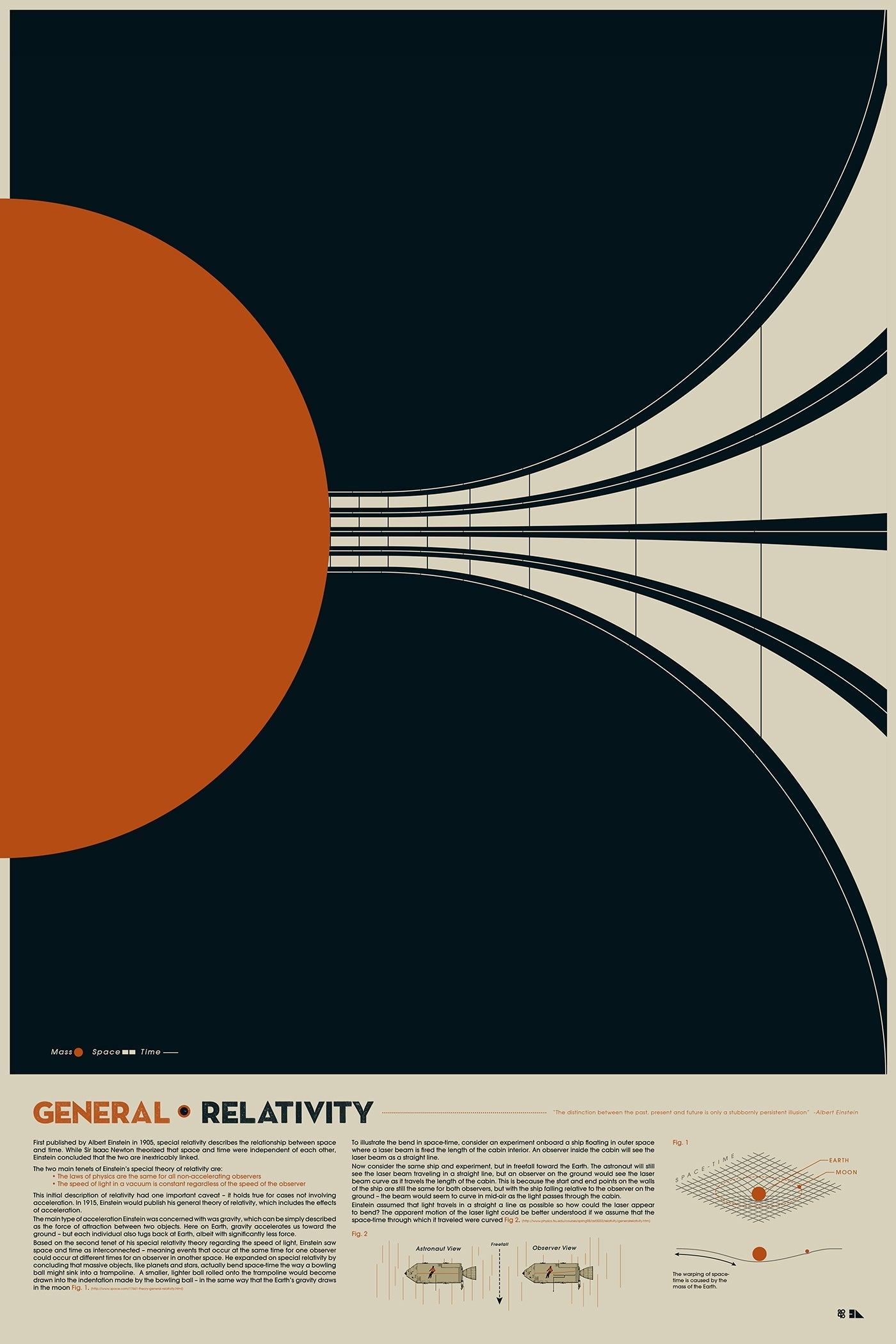

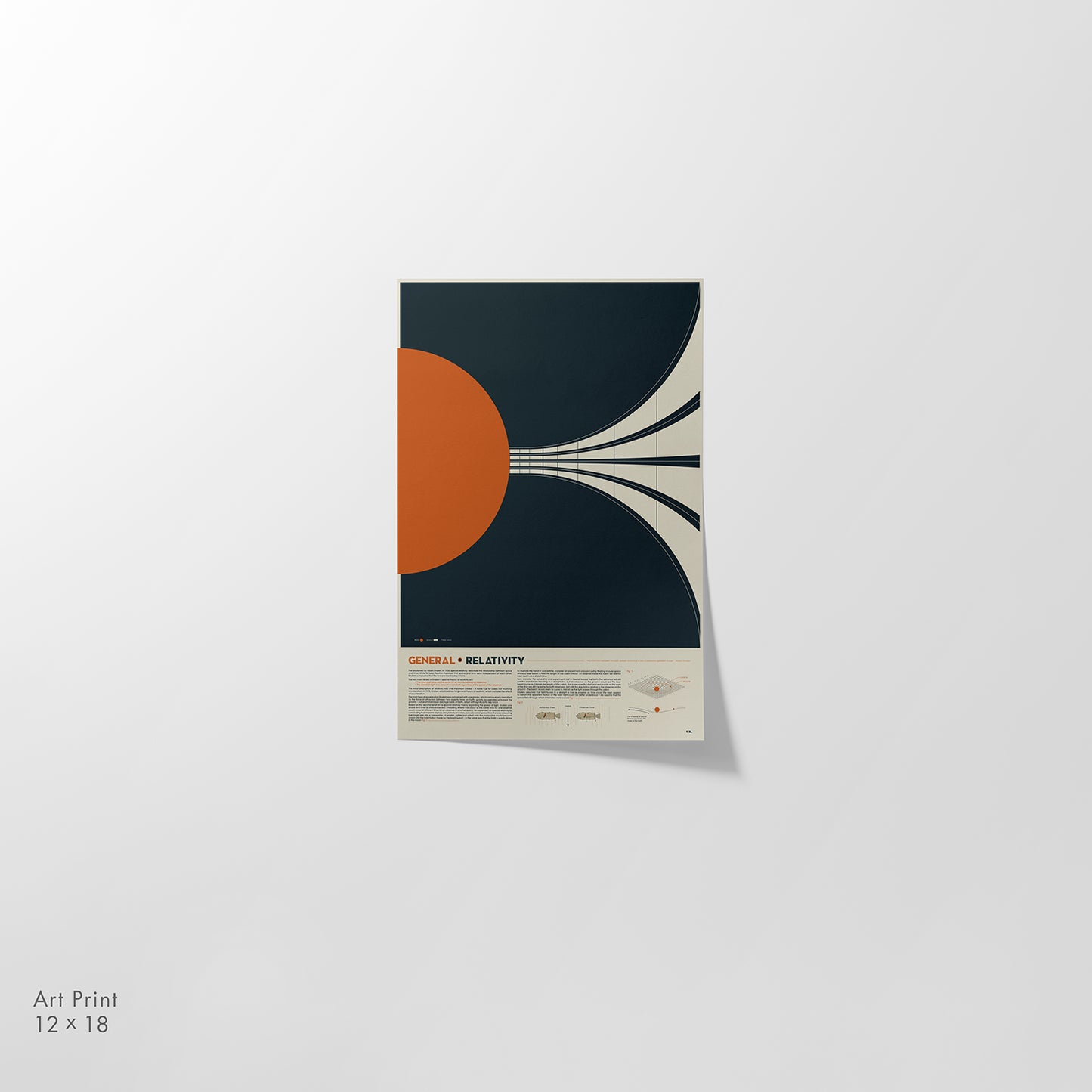
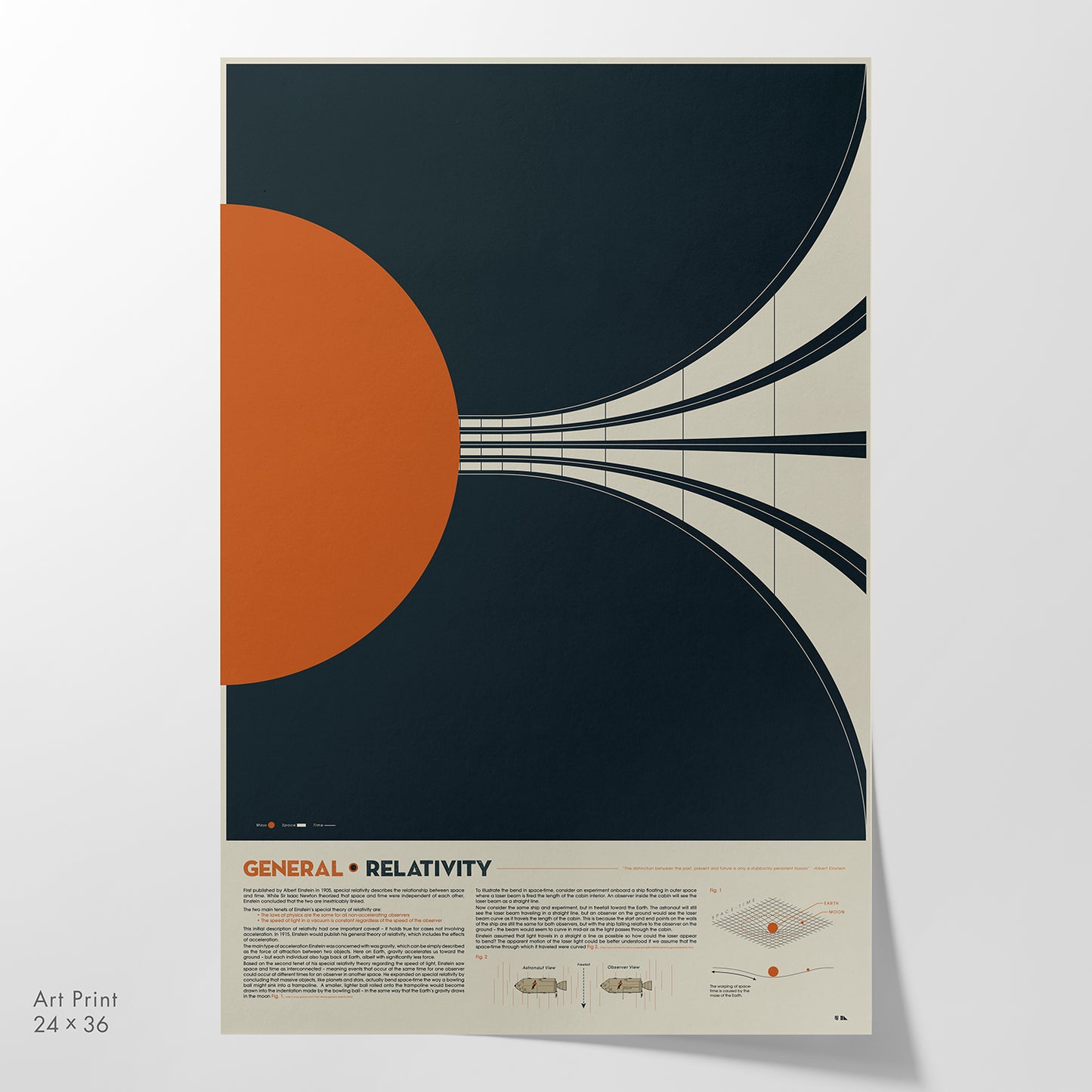
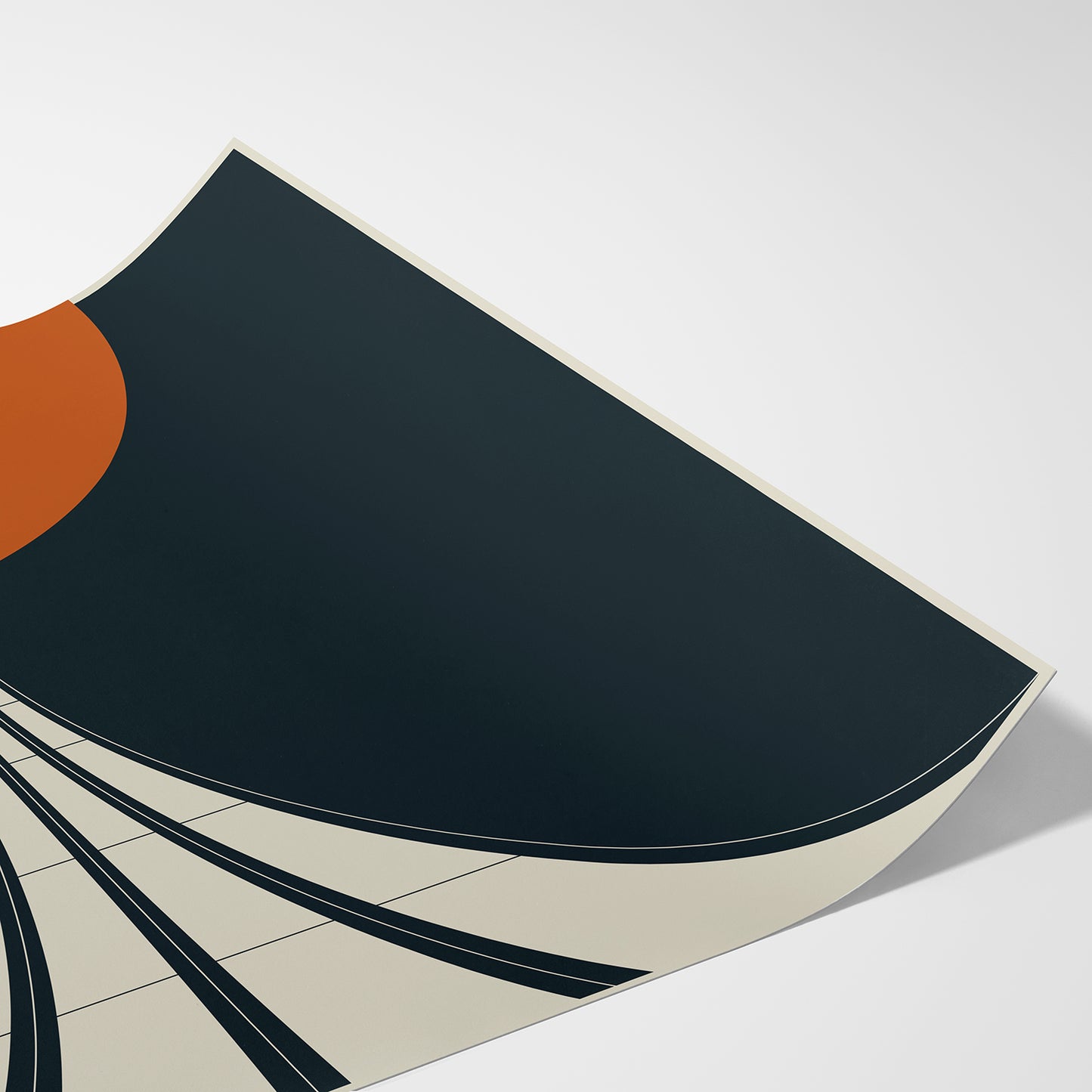
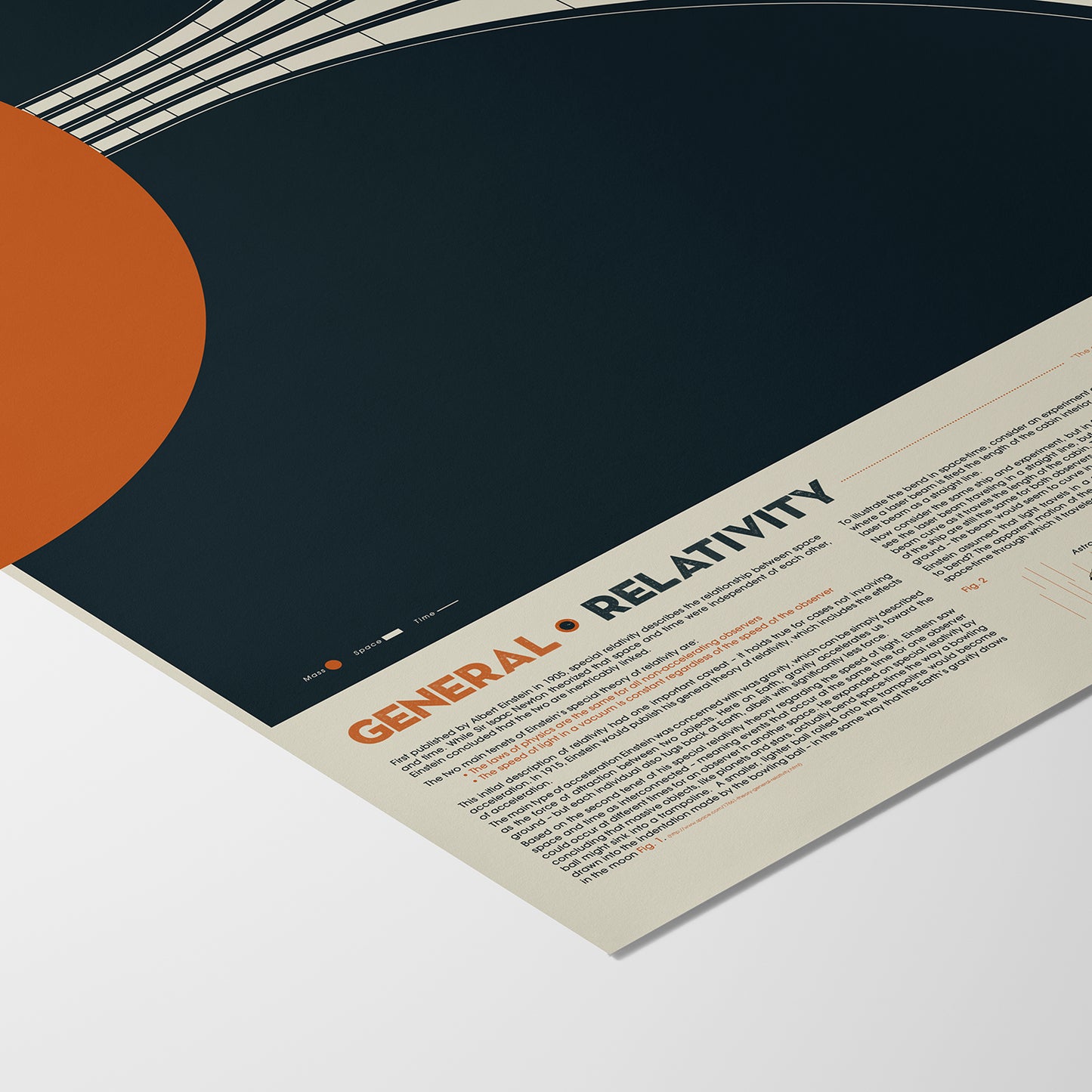
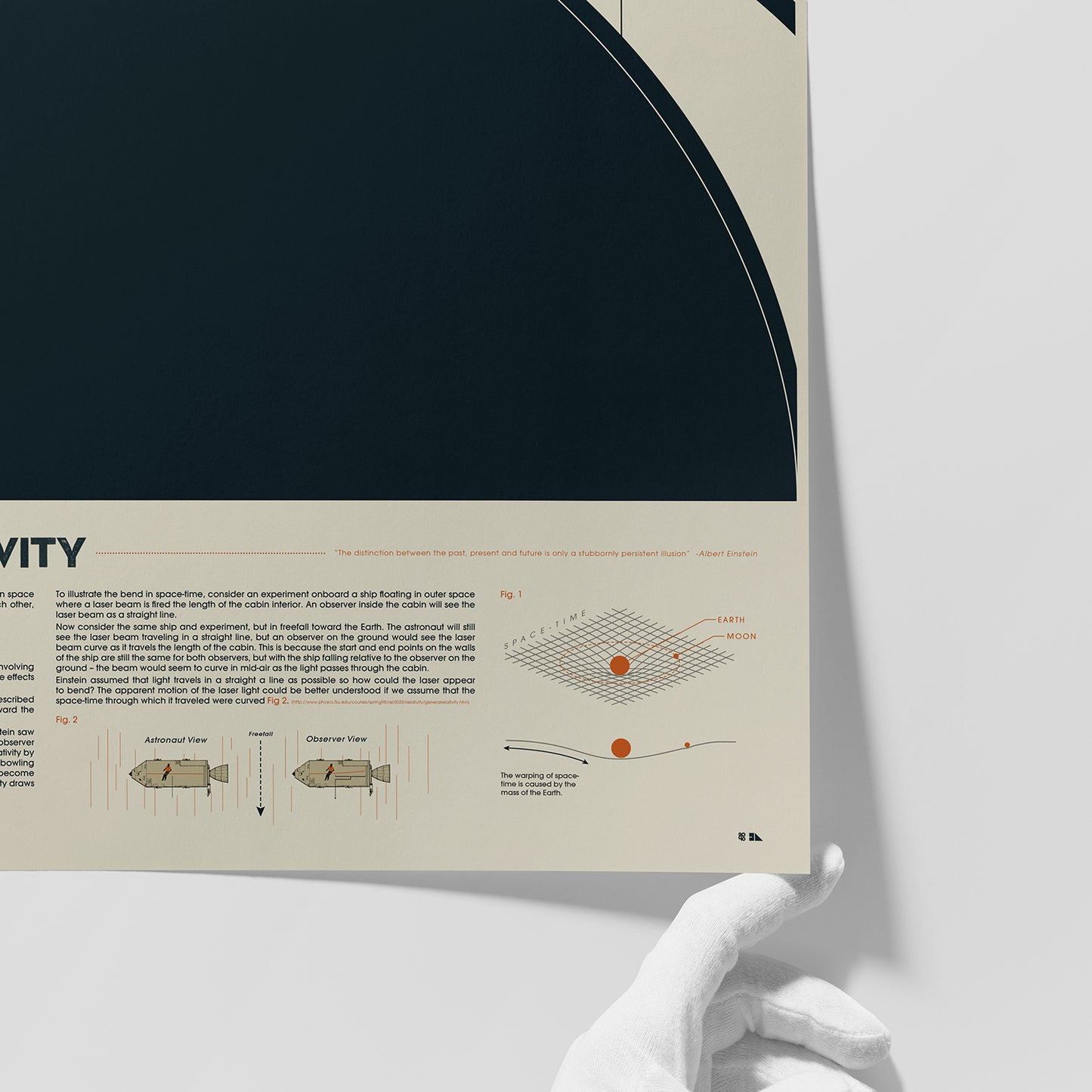





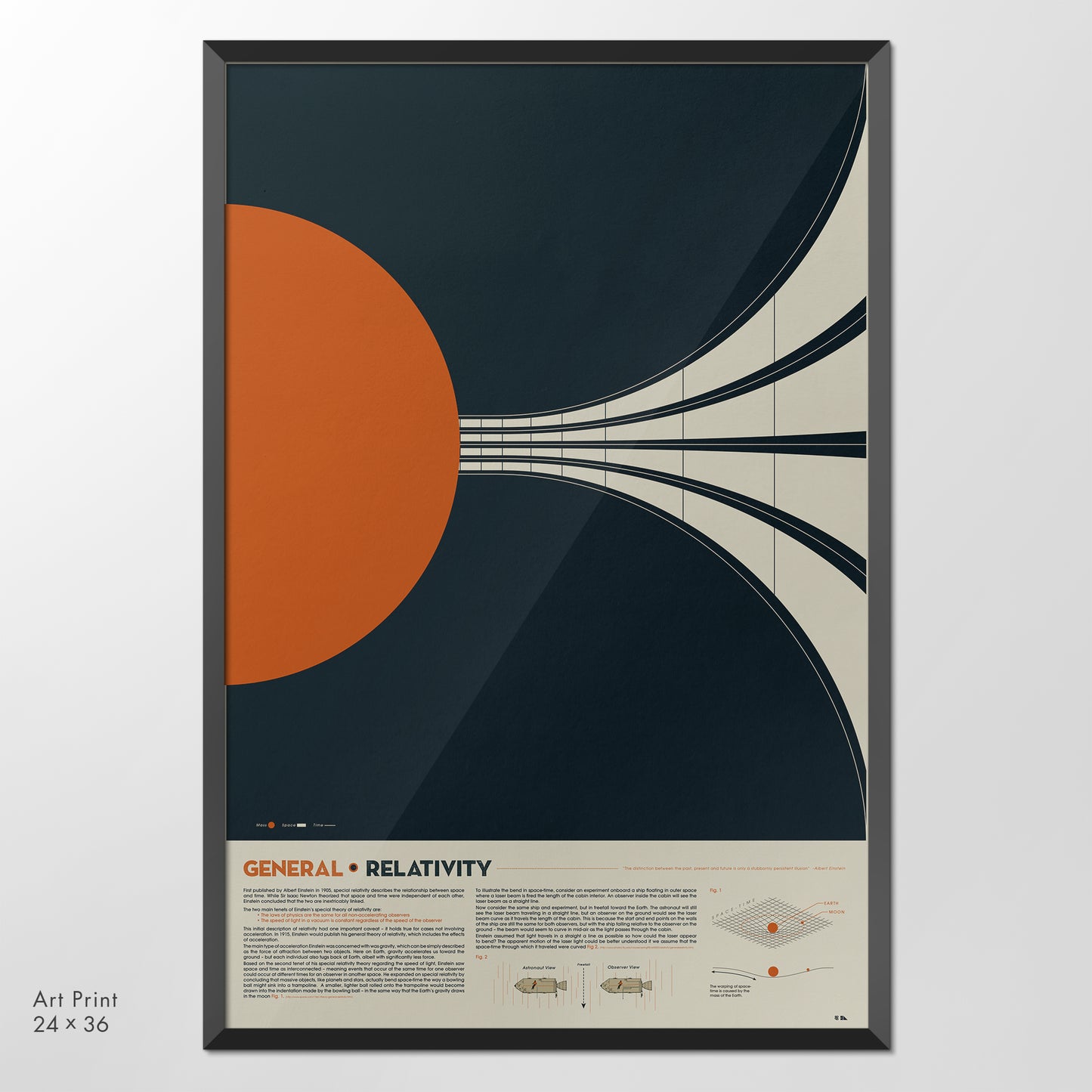

Join us in making sure that everyone (friends, colleagues, family, and perfect strangers) is working to build public support and political will for the big solutions needed to address climate justice.
Pin Save the Climate donates 50% of profits to climate justice organizations.